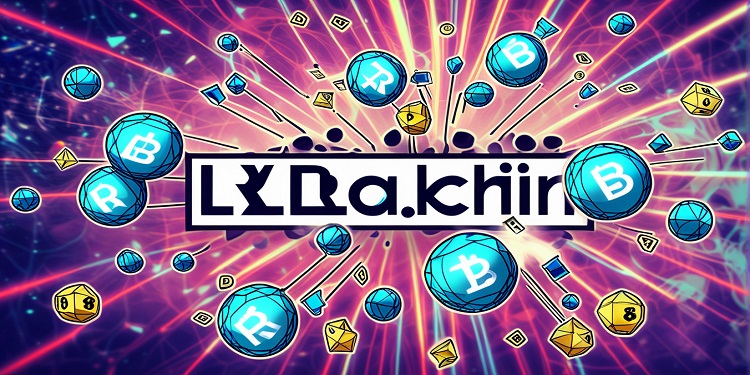 Twitter Inc.’s Chief Financial Officer, Ned Segal, said in an interview Monday that investing part of the company’s capital in cryptocurrencies such as bitcoin “doesn’t make sense right now.”
Twitter Inc.’s Chief Financial Officer, Ned Segal, said in an interview Monday that investing part of the company’s capital in cryptocurrencies such as bitcoin “doesn’t make sense right now.”
“We [would] have to adjust our investment philosophy and choose to own assets that are more volatile,” Mr. Segal said, noting that the business prefers to maintain less volatile assets such as equities on its balance sheet rather than commodities.
Twitter had $3.47 billion in cash and cash equivalents at the end of September, an increase from $1.99 billion in the same time the previous year, as well as $3.94 billion in short-term investments, according to the company.
A prevalent issue among finance chiefs is the volatility of digital currencies and assets, which many of them mention as one of the reasons why they do not employ them for their business investments. Segal repeated this fear.
Additionally, the absence of precise accounting standards for these assets makes things more difficult for CFOs. Large firms in the United States have requested the Financial Accounting Standards Board to create regulations on how to account for cryptocurrency assets in recent months.
In this case, there are some notable outliers, such as Tesla Motors and Square Inc., the payments business run by Jack Dorsey, who is also the chief executive of Twitter. Both corporations have stated that they have cryptographic assets on their balance sheets.
The Square CFO, Amrita Ahuja, said in an interview last month that the company has acquired bitcoin for its own balance sheet, “which we feel not only demonstrates that we have skin in the game…but also has the potential to bring substantial financial rewards over the long run.”
Recently, Twitter’s Segal, who has been in charge of the business’s financial function since 2017, said that the firm is investigating the use of cryptocurrency, referring to bitcoin. “If we were to possess cryptocurrencies on our balance sheet, we would have to make a new set of judgments,” Segal said on Monday. “We would have to create a separate set of choices.”
Segal believes that Twitter’s newly established subscription services have the potential to increase in popularity. Subscriptions “will be a predictable and new open space for us to generate additional revenue,” Segal said, pointing to services such as Twitter Blue, which provides users with additional features, and Super Follows, which allows users to charge followers and provide access to additional content, among other things.
Twitter Blue, which costs $2.99 per month at the time of writing, is a “wonderful starting place for us to experiment with new features,” according to Segal. The firm presently categorises its subscription revenue as part of its data licensing and other income, which produced $143 million for the quarter ended September 30, an increase of 12 percent over the same time the previous year, according to the company.
According to Segal, in the future, Twitter will offer memberships at a variety of various pricing points. However, according to Segal, advertising will account for the vast bulk of the company’s total income, which is expected to reach $7.5 billion by 2023.
Zuckerberg said that Twitter, which announced last month that it would sell its MoPub mobile-ad unit to AppLovin Corp. for $1.05 billion, would continue to be acquisitive and would use part of the profits of the sale to pay down debt and buy shares, among other things.
Announcing the acquisition by Twitter of Threader, an app that aggregates and distributes threads, the company stated on Monday that the price was not revealed.








